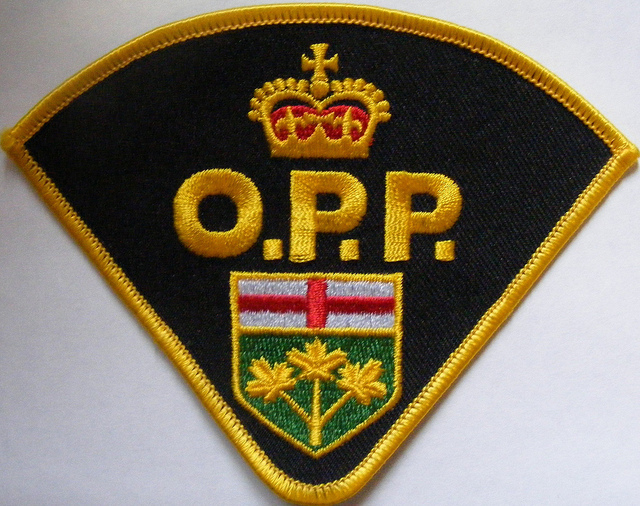From the Haliburton Highlands OPP:
The basic ‘rules of the road’ are as follows (read the whole list since some of the rules are likely to be a surprise)
There must be immediately available a personal floatation device of appropriate size for every person on board the vessel.
You need a paddle or an anchor with 50’ of rope, cable or chain; a manual bailing can; a pealess whistle; a water tight flashlight and 50’ of buoyant line.
Vessels with an inboard motor or a permanent fuel tank need a 5BC fire extinguisher. (includes PWC, personal water craft)
Operators of any powered vessel need a Pleasure Craft Operators Card (PCOC). You must be 16 years old to operate a PWC. The fine is the same for not having it with you as not having one. There is a myth that photocopies are good enough…they are NOT!
Any vessels approaching from 12 o’clock to 3 o’clock have the right of way. Vessels under sail have the right of way over a power vessel.
Open alcohol (this includes containers with the seal cracked, cups with lids), is not allowed on a vessel. Impaired operation of a vessel carries the same penalties as Impaired operation of a motor vehicle. (ie. One year driver’s licence suspension and fine)
All vessels require navigation lights at night and when visibility is poor.
There are no speed limits on lakes and rivers except a maximum of 10 km/h within 30 metres of shore.
Boaters towing skiers, tubers or wakeboarders need a second person to spot and enough seats in the boat for everyone. This includes PWC’s. Two seaters cannot tow anyone since there is not enough seats for everyone.
Stand up paddle boards require life jackets and safety equipment (whistle, 50’ floating line and water tight flashlight) also.
Any power vessel with 10 hp or more is required to be registered with Transport Canada and a copy of that registration carried on board.

